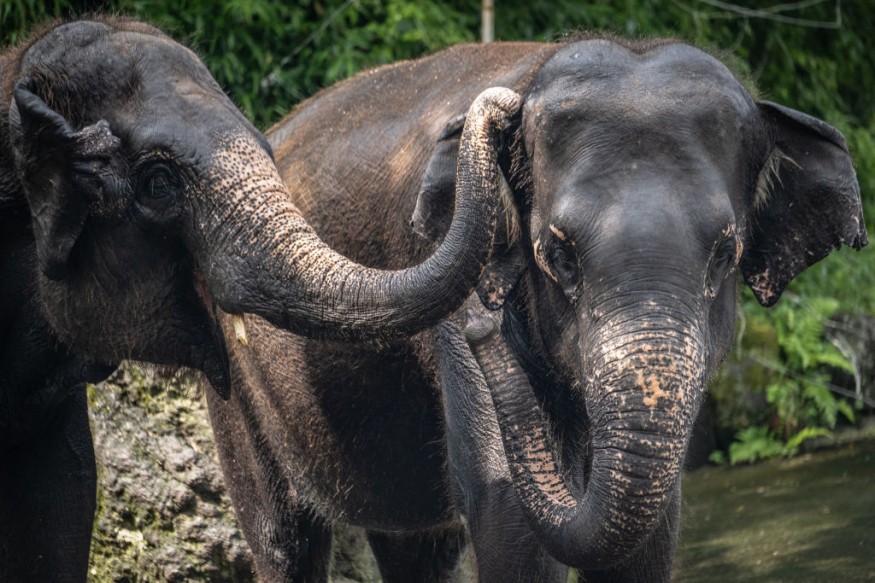
A recent study provides fascinating insights into the unique trunks of elephants.
The research, led by Michael Brecht, a neurobiologist at Humboldt University in Berlin, focuses on the physical features and growth patterns of the trunks in African savannah elephants and Asian elephants.
Connection Between Elephant Trunks and Brain Anatomy
The findings, published in the journal Royal Society Open Science, reveal how the structure of an elephant's trunk is not only remarkable but also serves vital functions in their daily lives.
The study began when Brecht and his team discovered a small bump, roughly the size of a fava bean, on the brain stems of both African and Asian elephants. This bump, which has a distinct striped appearance, stood out compared to those of other mammals.
Brecht noted that the number of stripes correlates directly to the wrinkles found in the elephant's trunk, highlighting a unique connection between brain structure and trunk development.
"Every wrinkle in the brain stem is visible," Brecht explained.
The researchers were eager to learn more about how elephant trunks develop over time. They began collecting photographs of elephant fetuses to study this rapidly growing body part.
Brecht described the trunk's growth as "remarkably rapid," noting that it develops much faster than any other part of an elephant's body. Around a few months into development, the fetal trunk already shows about four wrinkles, and this number doubles every 20 days as the fetus continues to grow.
As elephants mature, the growth of wrinkles slows down. Adult African savannah elephants typically have fewer wrinkles, while Asian elephants display a greater number.
This difference may be due to how each species uses its trunk. African elephants often pinch and lift objects with the tips of their trunks, while Asian elephants tend to wrap their trunks around larger items, like fruits.
Trunk Use and 'Trunkedness'
Brecht and his team also examined how elephants show a preference for using one side of their trunk over the other, similar to how humans may have a dominant hand. This behavior is referred to as "trunkedness."
By analyzing the patterns of wrinkles and whiskers on an elephant's trunk, researchers can determine which side the elephant favors.
For instance, elephants that prefer using one side will have shorter and less dense whiskers on the opposite side, as these whiskers continually brush against the ground. Moreover, the side they use more often accumulates more wrinkles over time.
The researchers studied both living and deceased elephants in a zoo, observing that trunk wrinkles begin forming while the elephant is still in the womb and increase in number as they age.
Insights for Engineering and Robotics
The study's findings hold potential beyond animal behavior. Maëlle Lefeuvre, a doctoral student specializing in behavioral ecology, suggests that learning about how elephants' trunks function could inspire advancements in engineering.
She mentioned that by understanding how elephants' trunks are structured, engineers might design flexible yet strong machines or robotic arms that mimic this natural design, according to NPR.
The trunk operates as a muscular hydrostat, which means it has a complex arrangement of about 46,000 muscles and lacks any bones, allowing for incredible flexibility. In comparison, the human body has only 600 to 700 muscles.
The ability of elephants to perform delicate tasks, like peeling a banana, showcases the unique properties of their trunks. The outer skin of the trunk has varying degrees of stretchiness, which is essential for their dexterity.
© 2025 NatureWorldNews.com All rights reserved. Do not reproduce without permission.





